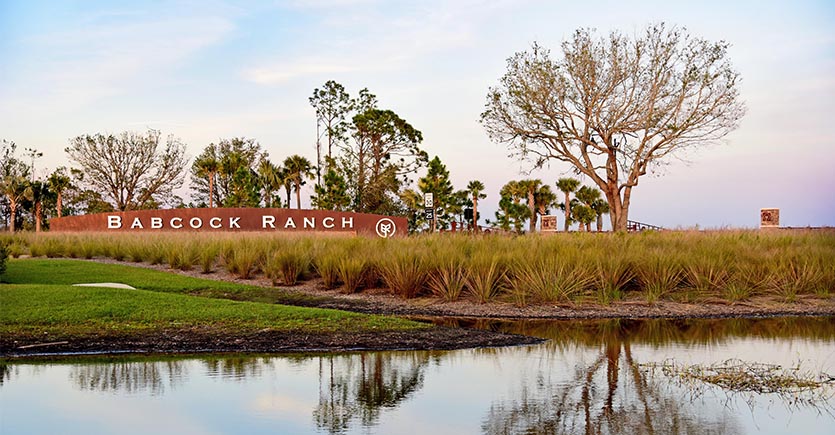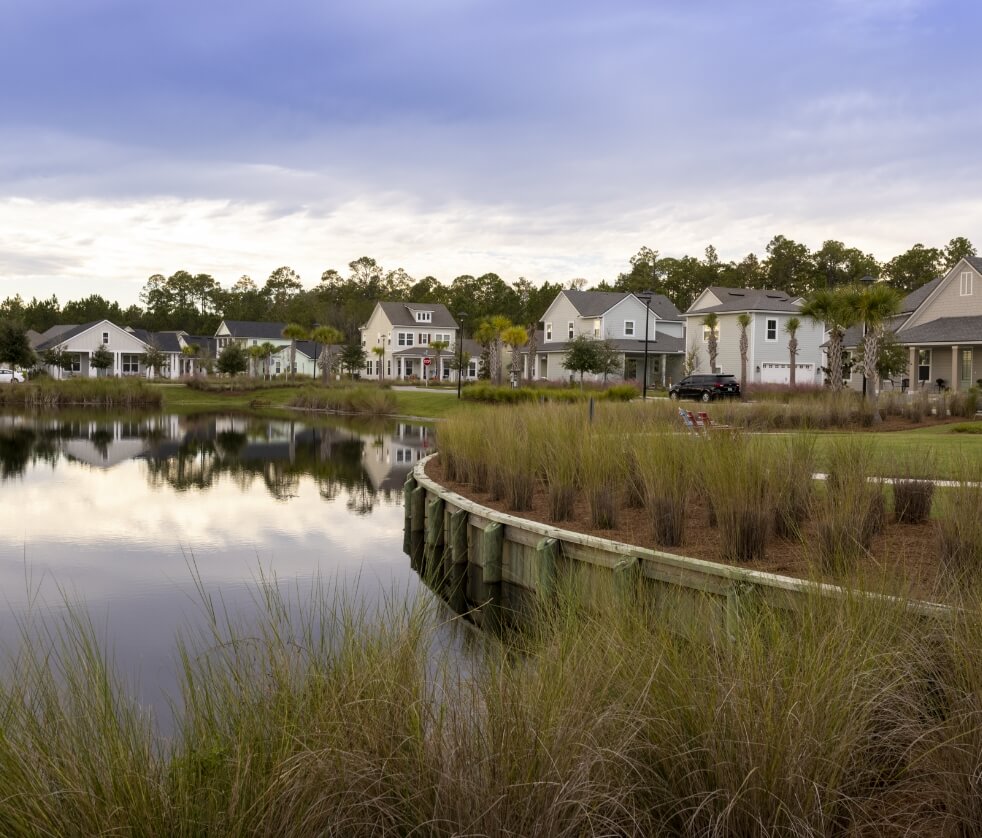Florida is expected to experience significant population growth and a growing real estate market over the next decade. People are willing to overlook that Florida has been hit with more hurricanes than any other state in the U.S. to live in a place with world-class beaches, no state income tax, and (mostly) beautiful weather.
How are Florida home builders preparing for this population surge? Some are designing hurricane-resistant homes that supersede Florida building codes. In fact, hurricane-resistant homes are becoming a growing niche in the Florida real estate market.
Importance of Hurricane Resilience
We’ve all seen images of the devastation from hurricanes and tropical storms. With the rise in frequency and intensity of hurricanes in recent years, homebuyers have a greater awareness of the importance of hurricane resistance.
This awareness has driven demand for homes offering better protection against storm damage – even better than the Florida building codes mandated following Hurricane Andrew.
Insurance Considerations
It’s no surprise that insurance companies are encouraging better construction techniques and design practices. Homes that offer better hurricane resistance have earned praise and lower premiums from insurance companies – between 5% and 35% nationally. As a result, homebuyers are increasingly seeking properties that provide safety and potential savings on insurance costs over the long term.
Design Features for Resilience
Florida has building codes and regulations to ensure that new homes are constructed to withstand the impact of hurricanes. Here are some key aspects of these codes:
1. Wind load requirements
Florida’s building codes specify wind speeds that structures must be able to withstand. These wind load requirements vary depending on the location within the state and are further based on factors such as topography, exposure, and building height.
2. Impact-resistant windows and doors
Homes in hurricane-prone areas must have impact-resistant windows and doors to protect against flying debris.
3. Roofing standards
Roofing materials and installation methods must resist wind uplift and prevent roof failure during hurricanes.
4. Structural design and reinforcement
Homes must be constructed to resist lateral and uplift forces from hurricane winds. This may include techniques such as reinforced concrete foundations, tie-down straps, and hurricane clips to secure the roof structure to the walls.
5. Elevation requirements
In coastal areas prone to storm surges, homes may be required to be elevated above the base flood elevation to minimize flood damage.
6. Hurricane shutters and storm protection systems
Homes in certain locations may be required to have hurricane shutters or other storm protection systems to safeguard windows and doors against wind-borne debris.
7. Building envelope integrity
Florida’s building codes emphasize the importance of maintaining the integrity of the building envelope to prevent water intrusion during hurricanes. This improves the proper sealing of windows, doors, and roof penetrations.
However, some builders go beyond these standards to design homes with greater hurricane resilience.
- Some neighborhoods are built with higher home sites and roads – and are designed to be better able to direct accumulating rainfall away from those properties.
- Homes are built with steel roofs. Solar panels can be attached to steel roofs with almost no gap, making it difficult for high winds to penetrate under them. This means homes can have power even if a storm disrupts the electrical grid.
- Homes are designed with roofs strapped to a system that connects down to the foundation to withstand high winds better.
As more homebuyers learn about hurricane codes and construction techniques that supersede those codes, they seek such properties – and are willing to pay a premium for increased peace of mind.
Resilient Communities Examples in Florida
Several communities have enjoyed recognition for building hurricane resilient homes.

Babcock Ranch in Charlotte and Lee counties
Category 4 Hurricane Ian struck Babcock Ranch in 2022, resulting in little to no damage. The homes were better able to withstand hurricane winds because the roofs were strapped to a system connected to the foundation. Also, power lines were buried underground, and the doors were designed to swing outward so that when pressure builds up from the wind, they don’t blast open.
Gulf Bay near Pelican Bay
Fourteen luxury properties built above code on gulf-front land within Pelican Bay also experienced hardly any damage from Hurricane Ian.

Wildlight Community outside Jacksonville
This community was built on higher elevations and with buried power lines. The homes are built with impact glass – and still remain affordable.
Homebuyer Considerations for Agents
The growing niche of hurricane-resistant homes in Florida’s real estate market reflects a proactive approach to mitigating the risks of living in a hurricane-prone region. More homebuyers are searching for such properties – and real estate agents who specialize in these properties – for increased safety, savings, and peace of mind.
Have you been considering a career pivot? Are you ready to get your real estate license in Florida? Gold Coast Schools has been educating Florida professionals since 1970. Whether you are ready to start your Florida Real Estate career by becoming an agent or are ready to get your broker license, Gold Coast Schools has all the courses and support you need.
Sources:
- O’Malley, Isabella. In Florida, these houses are being built to withstand …, November 13, 2023. https://www.fastcompany.com/90980529/in-florida-these-houses-are-being-built-to-withstand-hurricanes-and-slash-electric-bills
- Zbar, Jeff. “How Newer-Construction Homes Fared in Florida’s Hurricane Season.” Urban Land, May 2, 2023. https://urbanland.uli.org/sustainability/building-for-resilience-how-newer-construction-homes-fared-in-floridas-hurricane-season

